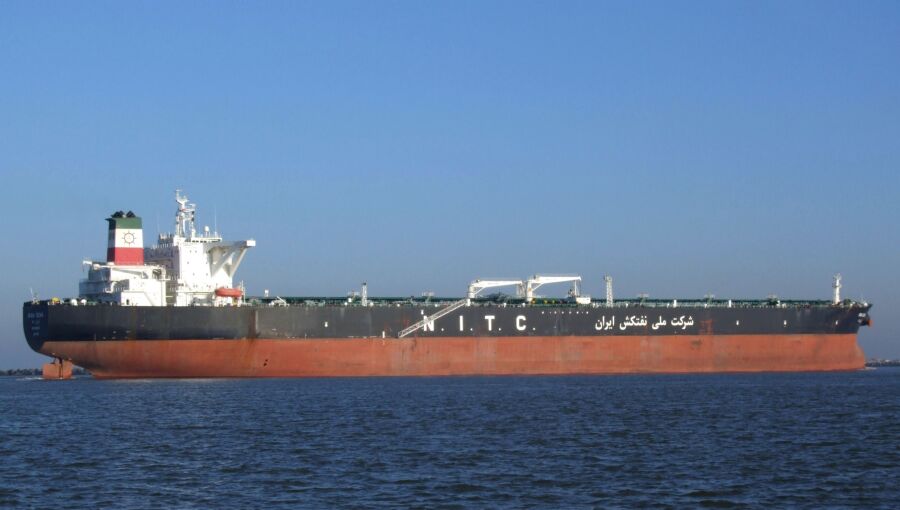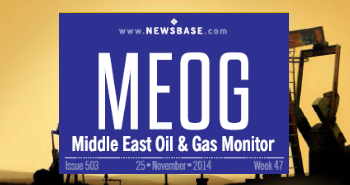Iranian oil tankers begin shutting off locations after mass reveal

Iran-flagged oil tankers have again started shutting off their Automatic Identification System (AIS), according to TankerTrackers.com in an interview with IntelliNews on October 15.
Earlier on October 13, for the first time since 2018, Iranian tankers began transmitting genuine location signals over the AIS, a vessel-monitoring service that tracks shipments and oil storage.
TankerTracker.com CEO Samir Madani said that "2/3rds of the NITC fleet was online. Today, it’s back down to 1/3rd," potentially indicating a change of strategy from the Iranian state-owned oil transporting company.
The company had initially said on the social platform X that the change, citing two different AIS data providers. For the first time in seven and a half years, the positions of Iranian oil tankers have reappeared on global maps. The data analytics firm said it was unaware of the reason behind the shift.
There has been no official comment from Iranian officials who have kept quiet about production and exports since US sanctions came into force in 2018.
Iranian news website Energy Press quoted an “informed source” as saying that “the news was probably fake, but if true, it was a major and deliberate sabotage against Iran’s oil interests.”
IntelliNews' sister energy website Newsbase was able to check vessel movements on vesselfinder.com and view the live positions of a number of Iranian tankers in the Persian Gulf and the Gulf of Oman.
According to the in-house investigation, however, the Iranian ships’ destinations were not apparent, in contrast with vessels from other countries.
The apparent change in behaviour comes weeks after Britain, France, and Germany moved to revive UN measures against Iran, reinstating six earlier resolutions that initially imposed restrictions between 2006 and 2010. Among the restored measures is UN Security Council Resolution 1929, which calls for the inspection of Iranian cargoes in ports and on the high seas.
A senior Iranian lawmaker sitting on the parliament’s National Security and Foreign Policy Committee warned this week that Tehran would not let any “harassment” of its tankers go unanswered.
Some local outlets cast the possible new AIS broadcasts as a show of power at sea — a signal that Iran may be ready to respond in kind if its vessels are seized.
Abdullah Babakhani, an energy sector analyst, speaking with Etallat newspaper, said: "If this trend proves sustainable, it must be recognised as the most significant sign of change in Iran's export behaviour since 2018. Such a move could be a prelude to Iran's limited return to maritime transparency, or an indication of behind-the-scenes negotiations regarding energy route security in the Persian Gulf."
Responding to why, after activating the snapback mechanism, Iran decided to reveal its tankers' positions, he explained: "The answer to this question is critical and multi-layered, because it has technical, political, and security dimensions. To answer, several scenarios must be considered together to clarify why, precisely after the snapback mechanism's activation, Iran (or its shipping network) decided to reveal tanker positions after seven and a half years of concealment."
This energy analyst explained: "The analysis occurs at three levels. First is the technical and operational level, which comprises three parts. Firstly, the return to actual AIS data may indicate a change in operational directives for Islamic Republic shipping or companies associated with Iranian oil.
Secondly, the technical objective may be reducing seizure risk or misidentification by Western naval forces or third countries. During the harsh sanctions period, tankers would spoof their positions, showing locations like Oman or Indonesia; this caused errors and, in some cases, mistaken seizures.
Thirdly, under current conditions, Iran may wish to demonstrate that its tankers are operating in international waters and within IMO regulatory frameworks, making them citable in international bodies from a maritime law perspective."
Hamid Hosseini, energy analyst and spokesperson for the Union of Exporters of Oil, Gas, and Petrochemical Products, said: "Recent events relate entirely to new sanctions conditions and behaviour of countries opposing Iran. Throughout past years, switching off the automatic identification system (AIS) was a defensive method for us to prevent tanker seizure risk," he said.
"When a vessel isn't recognised and its position is falsified, the opposing country doesn't know its cargo and destination, and political pressure for seizure decreases. But now conditions have changed. We've reached a stage where we must be more transparent, because threats have lessened and concealment costs have increased."
This energy sector analyst added: "This concern is real, but we must understand we've entered a new phase. When sanctions and global oversight have become this complex, absolute concealment itself can be more troublesome."


Follow us online